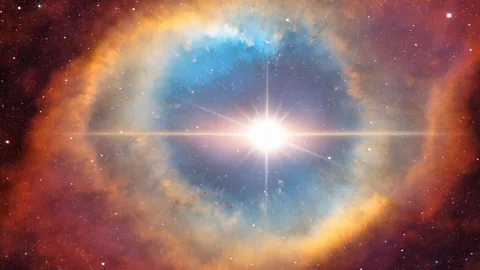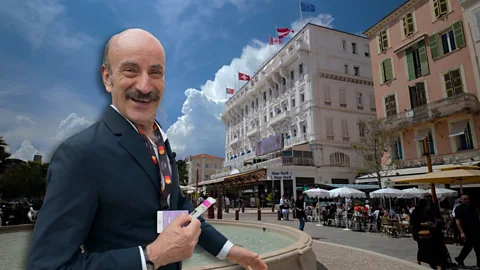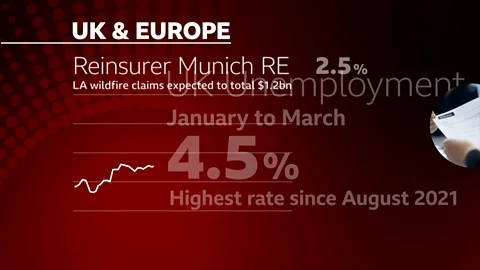The ancient Viking runestone revealing a modern fear
The mysterious Rök stone, one of the world’s most famous runestones, was raised in the ninth Century in Sweden and contains the longest runic inscription in the world; the true meaning of which has remained elusive.
However, a recent study has deciphered a new translation of the stone, one the researchers believe alludes to a Viking fear very recognisable to us today - their own climate crisis.
Video by Maddy Savage and Benoît Derrier




















